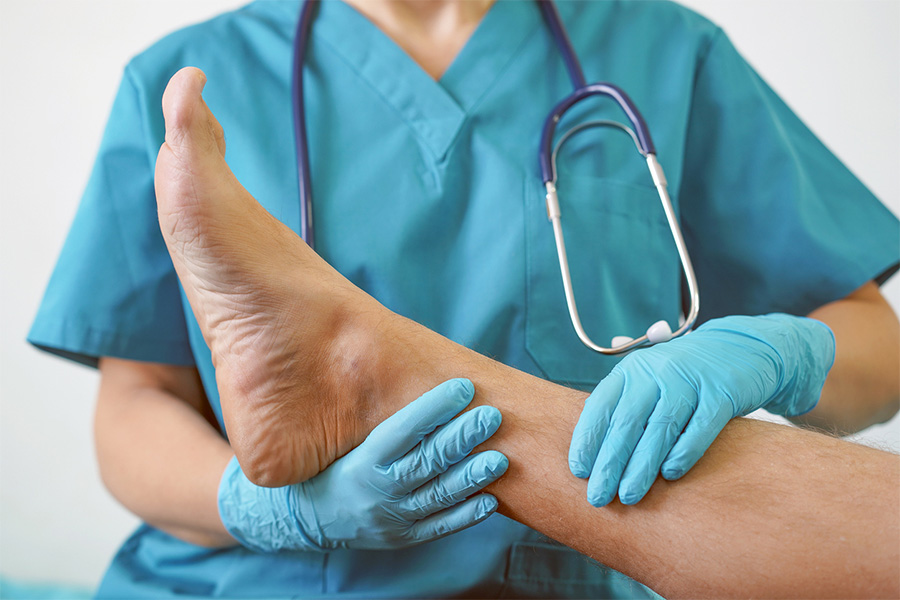Arteries transport blood from the heart to other parts of the body. The oxygenated and nutrient filled blood is distributed to smaller tubes called arterioles. Capillaries, which are thinner vessels, receive the blood from the arterioles and distribute it to surrounding tissue. Veins return the blood back to the heart after the nutrients and oxygen have been extracted by the tissue.
The strong tubular system of arteries in the body are flexible and essential to heart health, which also in turn affects other parts of the body. Arteries are essential to the delivery of nutrients and oxygenated blood.
Arteries and cardiovascular health is compromised when plaque attaches to artery walls. The plaque that lines arteries is the culprit behind arterial disease. As plaque develops and builds up along the artery walls, the flow of blood is restricted. Gone unnoticed and untreated, the plaque can cause the arteries to become less effective and can actually block blood flow. The result can be a heart attack, stroke, or serious arterial condition. Because arterial disease affects blood flow, it is also detrimental to other parts of the body. Nutrient rich blood is restricted from the extremities and could affect the legs and feet.
Arterial Disease and Its Causes
Atherosclerosis, commonly known as hardening of the arteries, is a form of arterial disease. Plaque deposits, manufactured by fat and cholesterol, cause narrowing of the arteries. The condition may occur with age, but often, high levels of cholesterol in the blood are the reason that atherosclerosis develops. Natural cholesterol is produced by the liver, and high levels may be hereditary. However, for many, it occurs because of intake of high cholesterol foods. A diet that is heavy in saturated and trans fats contributes to high cholesterol.
Healthy cholesterol is important to proper body function. Bile acids that aid digestion and vitamin D are produced from cholesterol. However, a balance of cholesterol is necessary to avoid excess deposits along artery walls. Your doctor can order tests to determine whether you have high cholesterol. Addressing cholesterol levels will help minimize the risk of arterial disease.
The most common type of arterial disease also happens to be the leading cause of death in the United States. According to the Centers for Disease Control, every 37 seconds one person in the U.S. dies from cardiovascular disease.
Risk Factors
A poor diet, obesity, smoking, and a sedentary lifestyle are contributing factors to arterial disease. Speak with your doctor about getting on track with a healthy lifestyle that will assist in reducing your risk of developing arterial disease. Maintain your blood sugar levels and follow an exercise routine that is approved by your physician to cut the risk of developing arterial disease.
Age is also a factor when it comes to arterial disease. People over 65 years of age have a greater risk of developing the condition as well as those who are over 50 years of age and have a health history that includes smoking, diabetes, high blood pressure, or obesity.
Foot and Ankle Health Issues Related to Arterial Disease
Arterial disease can affect blood flow to the ankles and feet. At Cincinnati Foot & Ankle Care, we understand the repercussions and symptoms of arterial disease, including symptoms and damage to your feet and ankles.
To ensure you remain healthy and symptom-free, see a podiatrist for your foot and ankle related issues. If you have arterial disease, a podiatrist can help you maintain good foot and ankle health. To request an appointment, call our office location most convenient to you. You can also request an appointment online.





